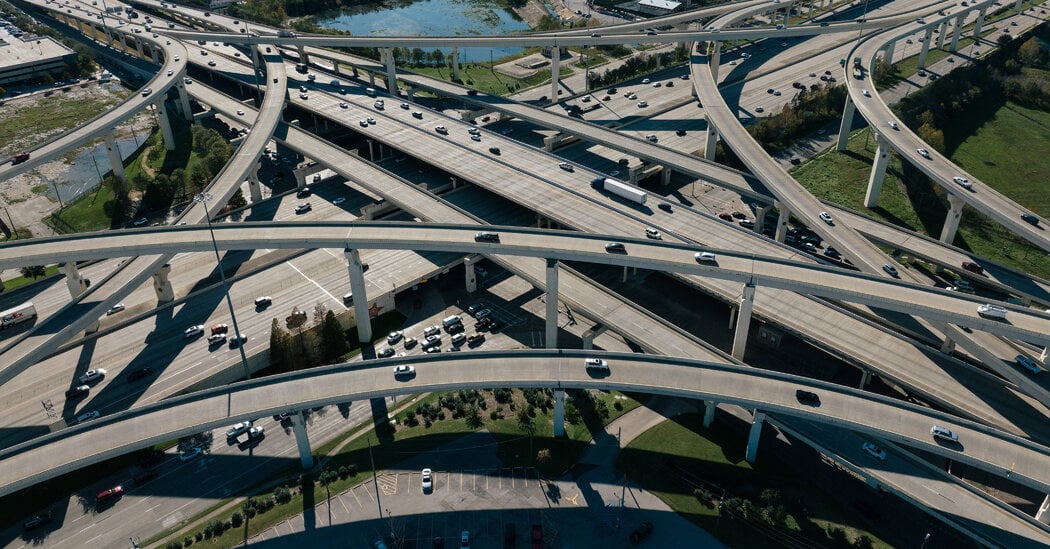For critics of widening projects, the prime example of induced demand is the Katy Freeway in Houston, one of the widest highways in the world with 26 lanes.
Immediately after Katy’s last expansion, in 2008, the project was hailed as a success. But within five years, peak hour travel times on the freeway were longer than before the expansion.
Matt Turner, an economics professor at Brown University and co-author of the 2009 study on congestion, said adding lanes is a fine solution if the goal is to get more cars on the road. But most highway expansion projects, including those in progress in Texas, cite reducing traffic as a primary goal.
“If you keep adding lanes because you want to reduce traffic congestion, you have to be really determined not to learn from history,” Dr. Turner said.



but most people can
and, ironically, the commute would be better for drivers too, if most people were to take public transport, since roads would be less crowded (and only with people who enjoy driving, instead of people who are forced to drive)
Which is why the smart decision is to invest in both.
Besides, if you add an HOV lane to a public highway, you can double it as a bus lane, improving public transit. Roads are like rails for buses, after all.